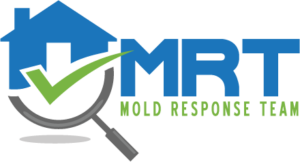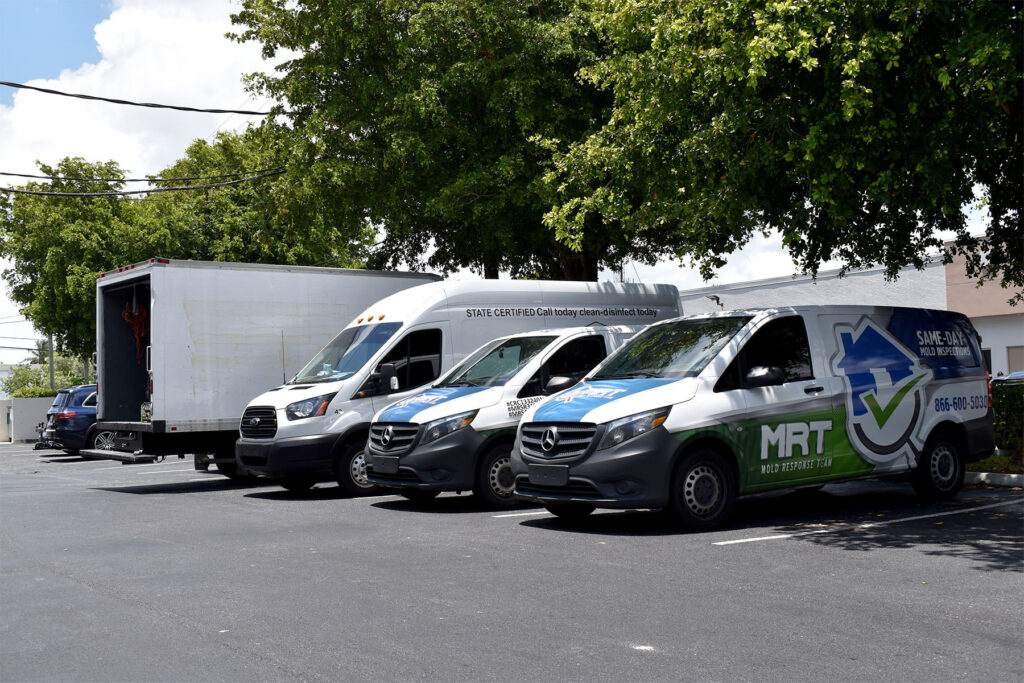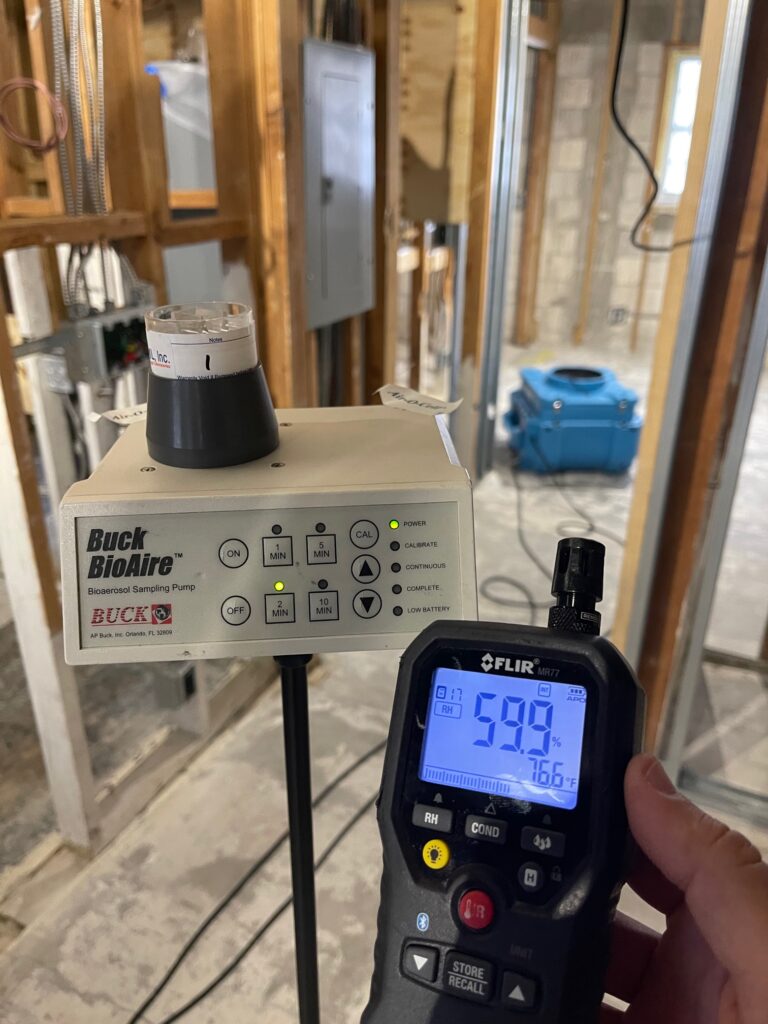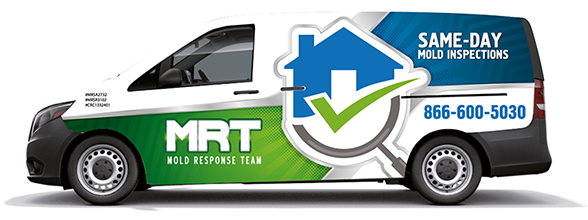How to Handle Mold Inspection in Coral Springs
Mold often causes concern for property owners in Coral Springs, especially in areas with elevated moisture levels. If you suspect mold in your home, it’s essential to take action. Mold can harm the structure of your house but also create serious health risks. This guide will explain the steps of a mold inspection and how you can address mold problems.
What is Mold, and Why It Matters
Mold refers to a fungal growth that grows in moist environments. It often appears on many surfaces, including walls and ceilings. While some molds are harmless, others, especially black mold, are hazardous to your health.
Common symptoms of mold exposure include:
- Respiratory issues
- Rashes or skin irritation
- Red, irritated eyes
- Aggravated asthma conditions
If you notice these signs or detect a musty odor, you might want to schedule a mold inspection.
Why You Need a Professional Mold Inspection
While some homeowners may attempt to fix mold issues themselves, it’s best to hire a professional. Certified inspectors can pinpoint the type of mold and assess how widespread the contamination is.
A typical mold inspection will involve these key processes:
- Surface Review: The inspector checks for any visible mold growth on walls, ceilings, and other surfaces.
- Moisture Testing: Inspectors measure moisture levels, as mold grows in damp areas.
- Air Quality Testing: If mold isn’t obvious, inspectors test the air for mold spores.
- Surface Testing: Samples from affected surfaces help identify mold types.
- In-Depth Report: Afterward, you’ll receive a full report on the mold issue with remediation recommendations.
Need a Mold Inspection in Coral Springs? Contact Us!
At the Mold Response Team, we specialize in mold inspection services in Coral Springs. Reach out today to get a quote.
Mold Inspection FAQ
Q: What is the cost of a mold inspection?
A: The cost depends on your home’s size.
Q: How much time does it take?
A: Inspections usually take up to 1 hour.
Q: Do I need to leave my home?
A: In severe cases, you may need to vacate.
What Happens During a Mold Inspection?
In Coral Springs, thanks to local climate factors, your home may have mold risks. A mold inspection will focus on areas like:
- Lower and Upper Levels: These tend to trap moisture.
- Wet Rooms: High humidity in these rooms make them prime spots for mold growth.
- Leaky Doors and Windows: Poorly sealed windows and doors allow moisture in.
- HVAC Systems: If left unchecked, HVAC units and ducts can be a source of mold.
What to Do After Mold Is Found
Should mold be detected, the next step is proper cleanup. Mold remediation involves removing the mold and fixing the moisture problem. This often involves removing contaminated materials or replacing insulation. After the remediation process, the home is retested to ensure the mold is gone.
Preventing Mold in Your Home
To prevent mold in the future, follow these simple tips:
- Fix Water Leaks Fast: Tackle plumbing or roof leaks to stop water buildup.
- Reduce Moisture: In humid areas like Coral Springs, using a dehumidifier is key.
- Improve Airflow: Proper ventilation in bathrooms and kitchens is crucial.
- Regular Cleaning: Regular upkeep and cleaning in damp areas.
Should You Hire a Mold Inspector?
If you see visible mold, reach out to an expert in Coral Springs. Early detection can save you money on repairs.



